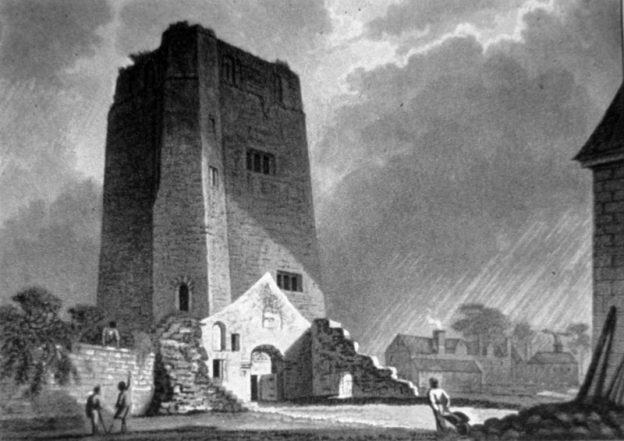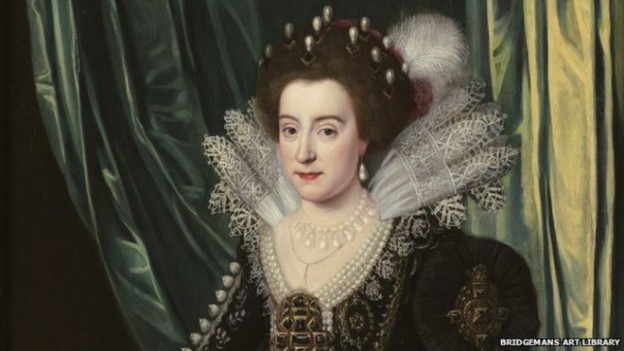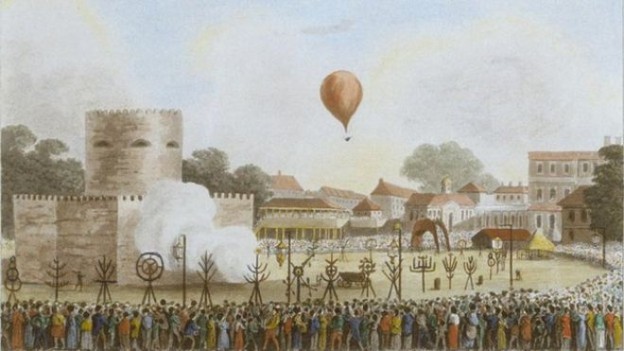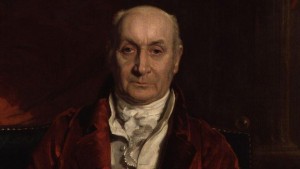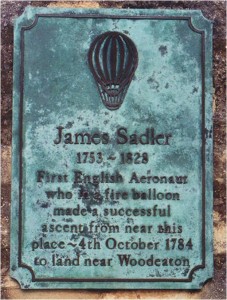The History Society started its season of talks with Mark Davies telling us the story of this most talented, yet semi educated man. He was a practical man able to turn his natural talents to architecture, building construction, and art amongst other things. His claim to fame was the re-construction of Oxford’s Gaol when bought by the County from Christchurch College in 1785. The Gaol was in a state of ruin after years of neglect and decay. The prisoners lot was not a happy one and prisoner numbers were on the increase as deportation declined following the war of American Independence.
Daniel was also a prison reformer and one of his attributes was to employ the prisoners for the reconstruction of the Gaol, earning them the right of reduced sentence. A cartoon made by one of the prisoners and published in the local press depicted Daniel on the top of the prison dunghill after a bitter dispute over its location necessitated by the prison reconstruction. Daniel ended up being the Governor of the Gaol as well and was in charge of public executions, which took place over the main gate.
Not content with his work for the Gaol he was heavily involved with the construction of the canals and locks around Oxford. He completed Osney Lock in 1790 enabling the canal system to connect with the Thames. Again making use of convict labour. He built the wharfs and bays at the end of the Oxford canal, which were still to be seen until demolished in the 1950s. The area now turned into a car park. He also designed and built the Oxford Canal Headquarters building by St Peters College and the Abingdon Gaol. These structures are still there to this day.
Above all this he was a family man with five children.

